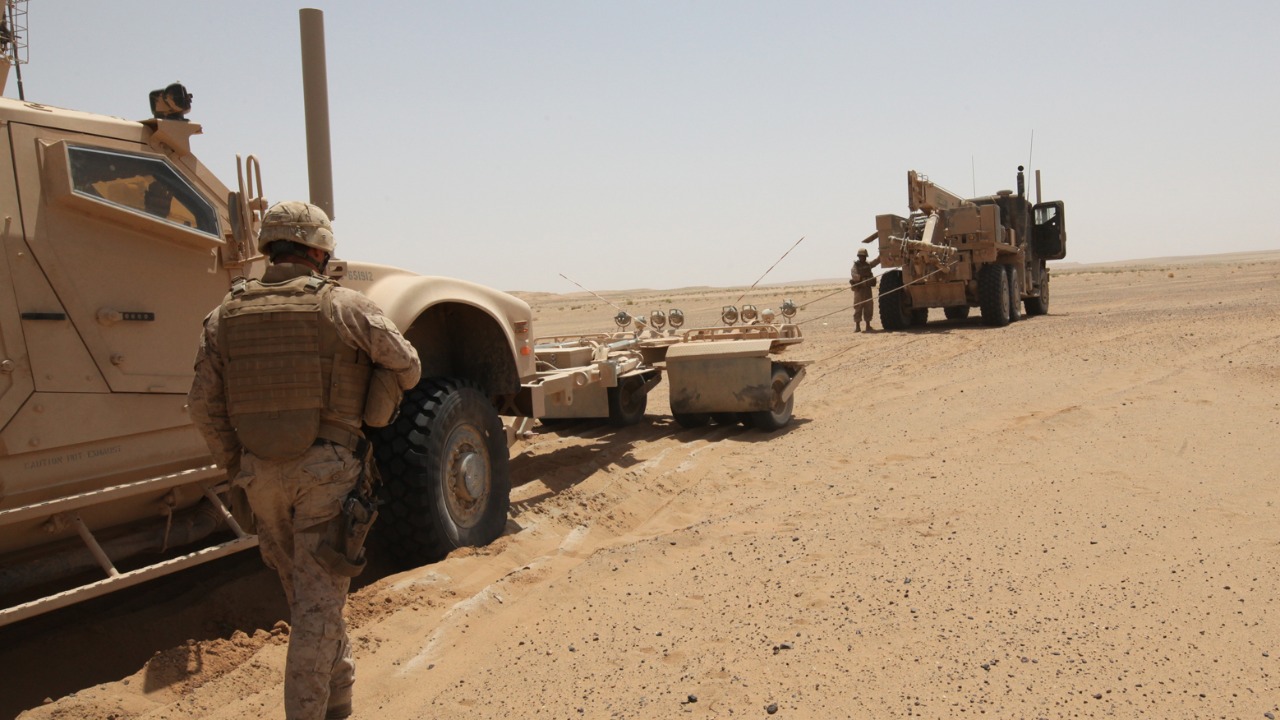
Desert combat requires specialized vehicles capable of withstanding extreme temperatures and challenging terrains. The following list highlights nine vehicles that are still widely used in desert combat operations. These vehicles range from heavily armored tanks to nimble unmanned aerial vehicles, each serving a unique role on the battlefield.
Main Battle Tanks

Main battle tanks are the backbone of any armored force. Designed to engage enemy forces head-on, these behemoths can operate effectively in desert conditions thanks to their robust suspension systems and powerful engines. The M1 Abrams, for example, remains a staple in desert combat due to its formidable armor and advanced targeting systems.
Equipped with a 120mm smoothbore cannon, the M1 Abrams is capable of taking out enemy armor at great distances. Its gas turbine engine provides the mobility needed to navigate sandy and rocky terrains, making it a force to be reckoned with in desert warfare.
Armored Personnel Carriers
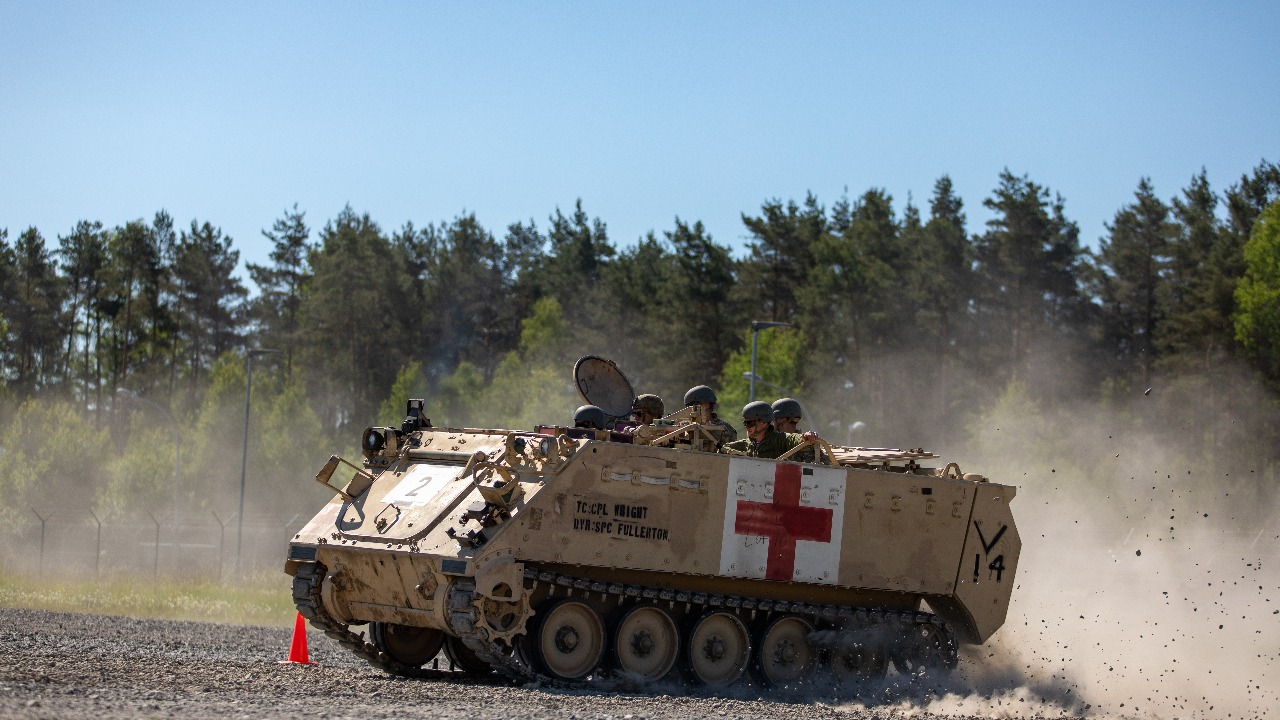
Armored personnel carriers (APCs) are essential for transporting troops safely across the battlefield. These vehicles are designed to protect their occupants from small arms fire and shrapnel while providing mobility across harsh desert landscapes. The M113 is a classic example, having been used extensively in various combat scenarios.
The M113’s aluminum armor and versatile design allow it to be adapted for various roles, from troop transport to medical evacuation. Its amphibious capabilities also make it suitable for traversing water obstacles, enhancing its operational flexibility in desert environments.
Infantry Fighting Vehicles
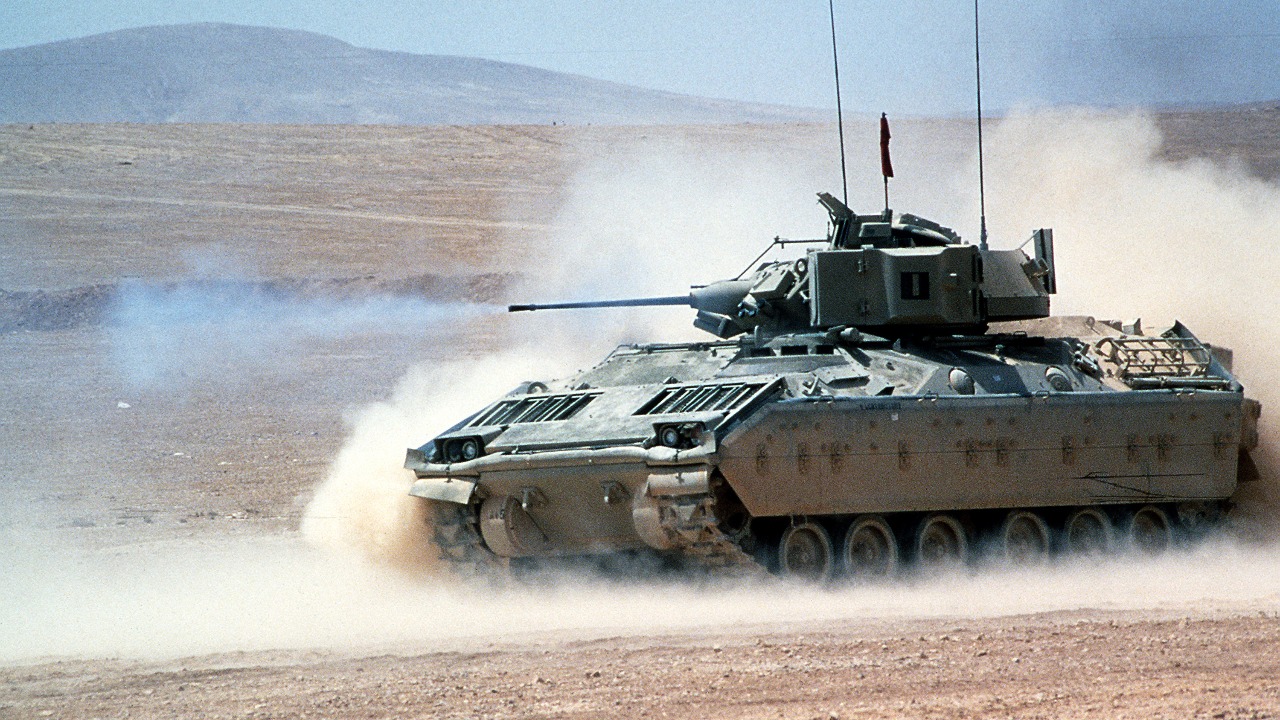
Infantry Fighting Vehicles (IFVs) combine the firepower of a light tank with the carrying capacity of an APC. They are designed to accompany infantry units into battle, providing direct fire support and protection. The Bradley Fighting Vehicle is a prime example of an IFV used in desert combat.
With its 25mm M242 chain gun and TOW missile launcher, the Bradley can engage both ground and aerial threats. The vehicle’s mobility and advanced armor make it an invaluable asset in desert operations. Learn more about the history and modernization efforts of the Bradley here.
Light Tactical Vehicles

Light tactical vehicles are crucial for reconnaissance and quick mobility in desert warfare. These vehicles are designed for speed and versatility, allowing them to navigate difficult terrains while carrying essential equipment. The Humvee is one of the most recognizable light tactical vehicles in military use today.
Known for its durability and adaptability, the Humvee can be fitted with various weapons and communication systems. Its ability to traverse sandy landscapes makes it a reliable choice for fast-paced desert operations. The future of light cavalry units, incorporating such vehicles, is discussed in detail here.
Unmanned Aerial Vehicles
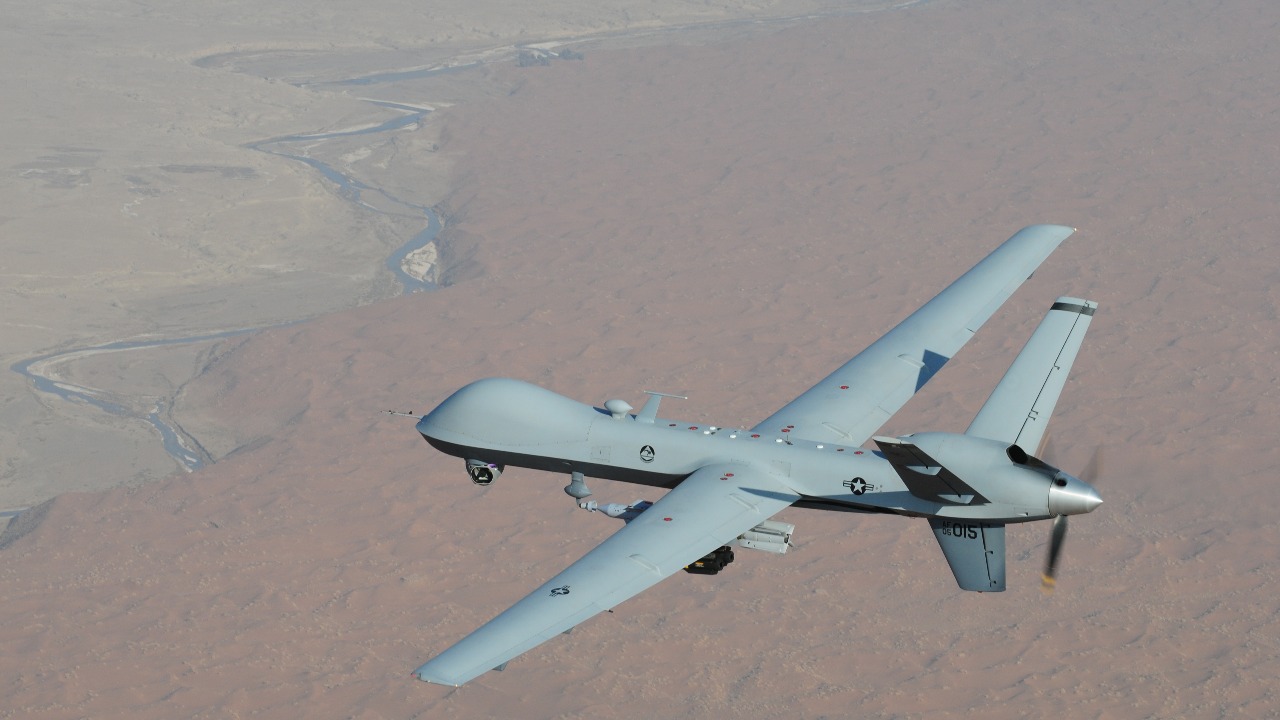
Unmanned Aerial Vehicles (UAVs) have revolutionized modern warfare, especially in the challenging environments of desert combat. These remotely piloted aircraft provide real-time reconnaissance and surveillance, often serving as the eyes of the battlefield. The MQ-9 Reaper is a well-known UAV used for such purposes.
In addition to intelligence gathering, the MQ-9 Reaper can carry out precision strikes, making it a versatile tool in military operations. Its ability to operate at high altitudes and long distances ensures it remains out of reach of most ground-based threats.
Attack Helicopters
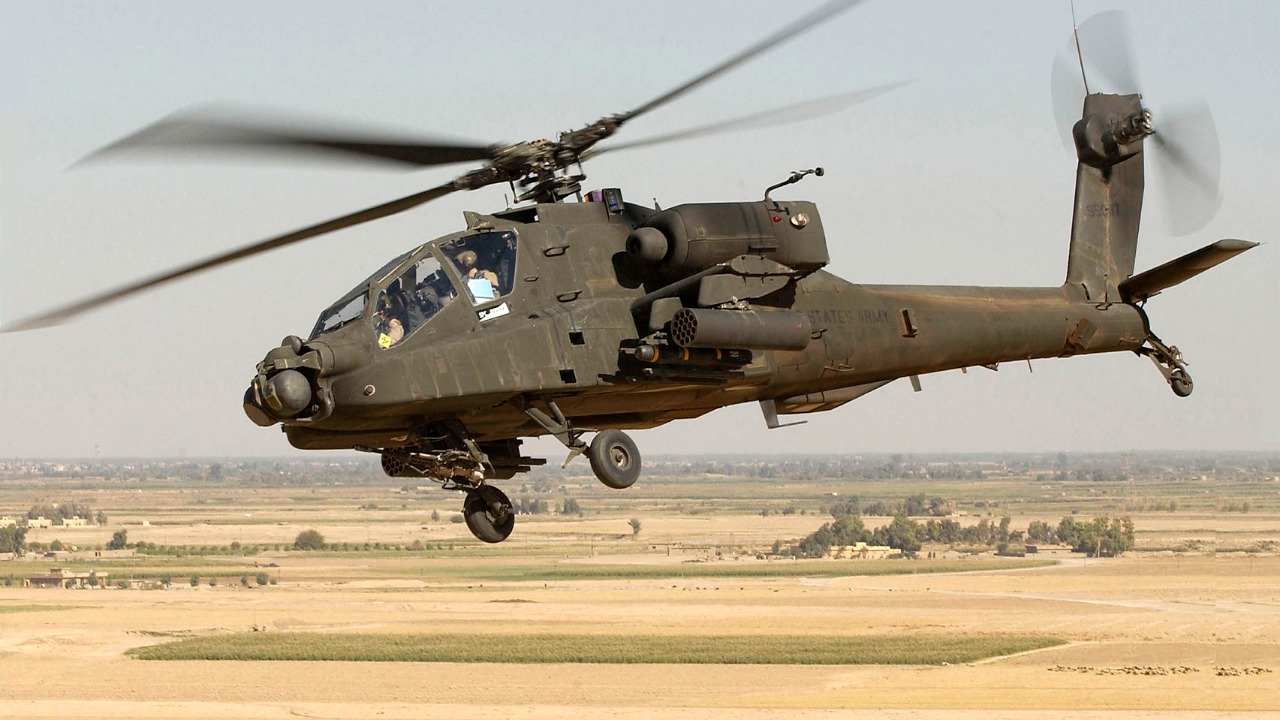
Attack helicopters are integral to providing air support and engaging enemy targets in desert combat. Equipped with advanced weaponry and targeting systems, these helicopters can deliver devastating firepower from above. The AH-64 Apache is one of the most renowned attack helicopters in the world.
With its Hellfire missiles and 30mm chain gun, the Apache is capable of neutralizing armored threats and providing close air support to ground troops. Its ability to operate in high-temperature environments makes it an essential asset in desert warfare.
Self-Propelled Artillery
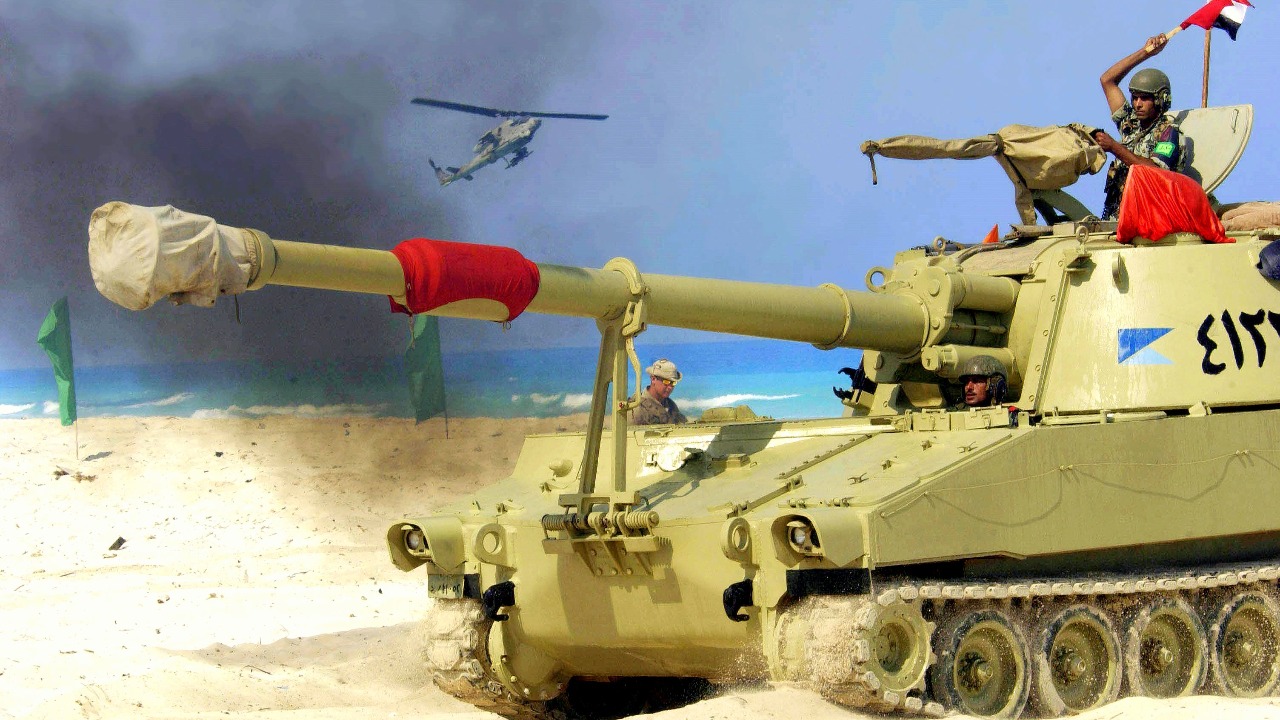
Self-propelled artillery provides mobile fire support, enabling forces to engage targets from a distance. These vehicles combine the firepower of traditional artillery with the mobility of a tracked vehicle, making them suitable for the fluid nature of desert combat. The M109 Paladin is a notable example.
Equipped with a 155mm howitzer, the M109 Paladin can deliver precise artillery strikes while remaining mobile. Its ability to quickly reposition after firing enhances its survivability in desert environments.
All-Terrain Vehicles
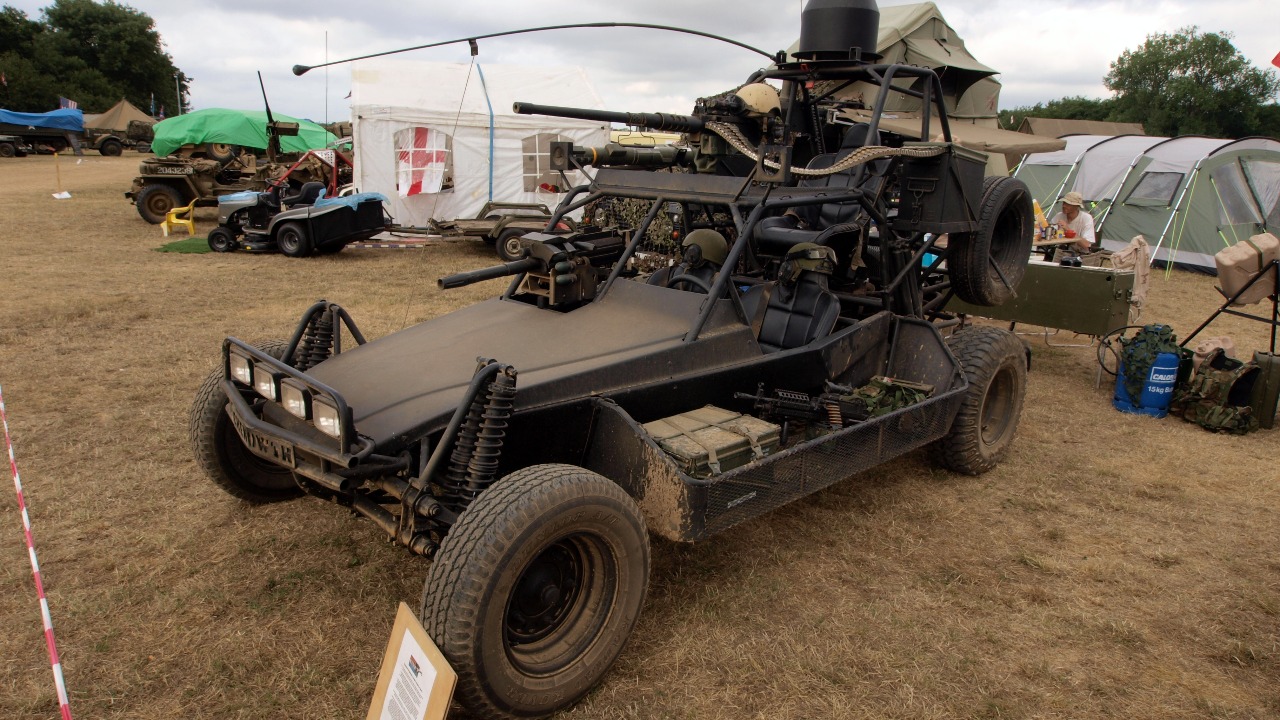
All-terrain vehicles (ATVs) are indispensable for reconnaissance and rapid response in desert operations. These vehicles are designed to navigate the most challenging terrains, providing mobility where larger vehicles cannot go. The Desert Patrol Vehicle, also known as the Fast Attack Vehicle, is one such example.
ATVs like the Desert Patrol Vehicle offer speed and agility, making them ideal for quick strikes and reconnaissance missions. Their lightweight design allows for easy deployment and retrieval in remote desert areas. More information on the Desert Patrol Vehicle can be found here.
Mine-Resistant Ambush Protected Vehicles
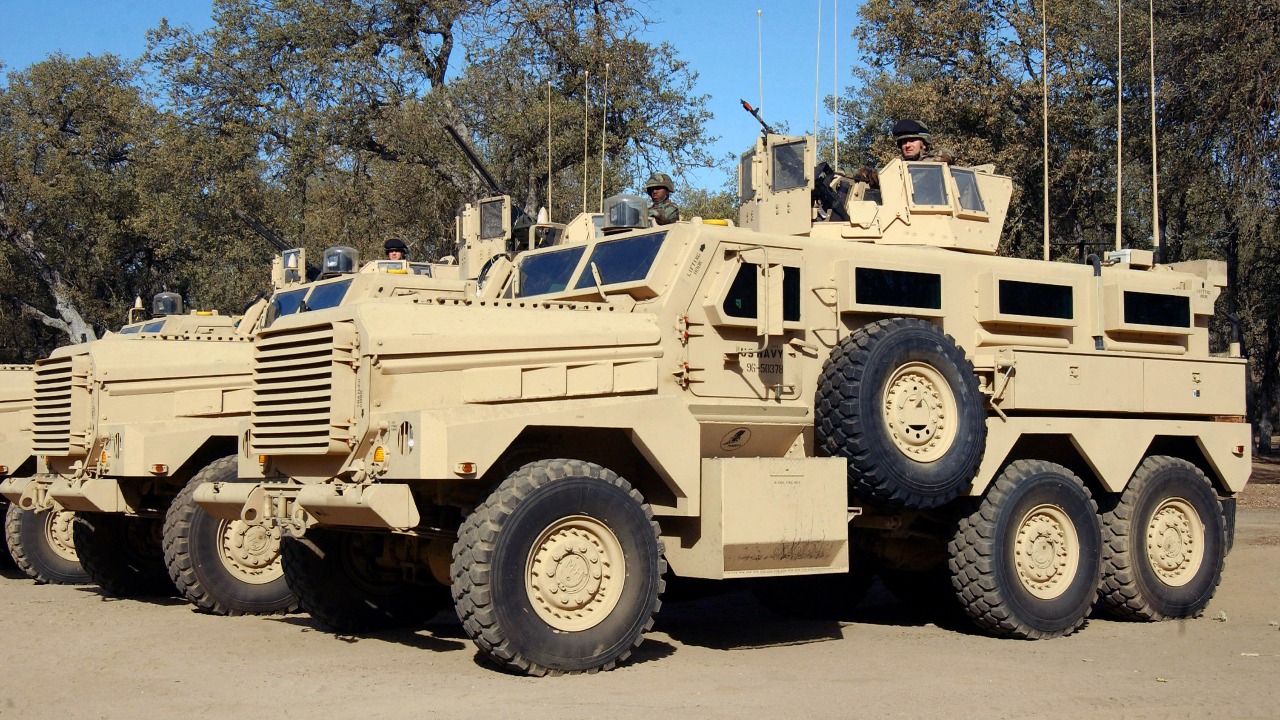
Mine-Resistant Ambush Protected (MRAP) vehicles are designed to withstand improvised explosive devices (IEDs) and ambushes, common threats in desert combat zones. These heavily armored vehicles protect their occupants while providing mobility in hostile environments. The Cougar MRAP is a prominent example.
The Cougar’s V-shaped hull is designed to deflect blasts away from the vehicle, enhancing crew survivability. Its robust design and advanced armor make it a vital component of any desert combat operation. Further information on MRAPs can be accessed here.